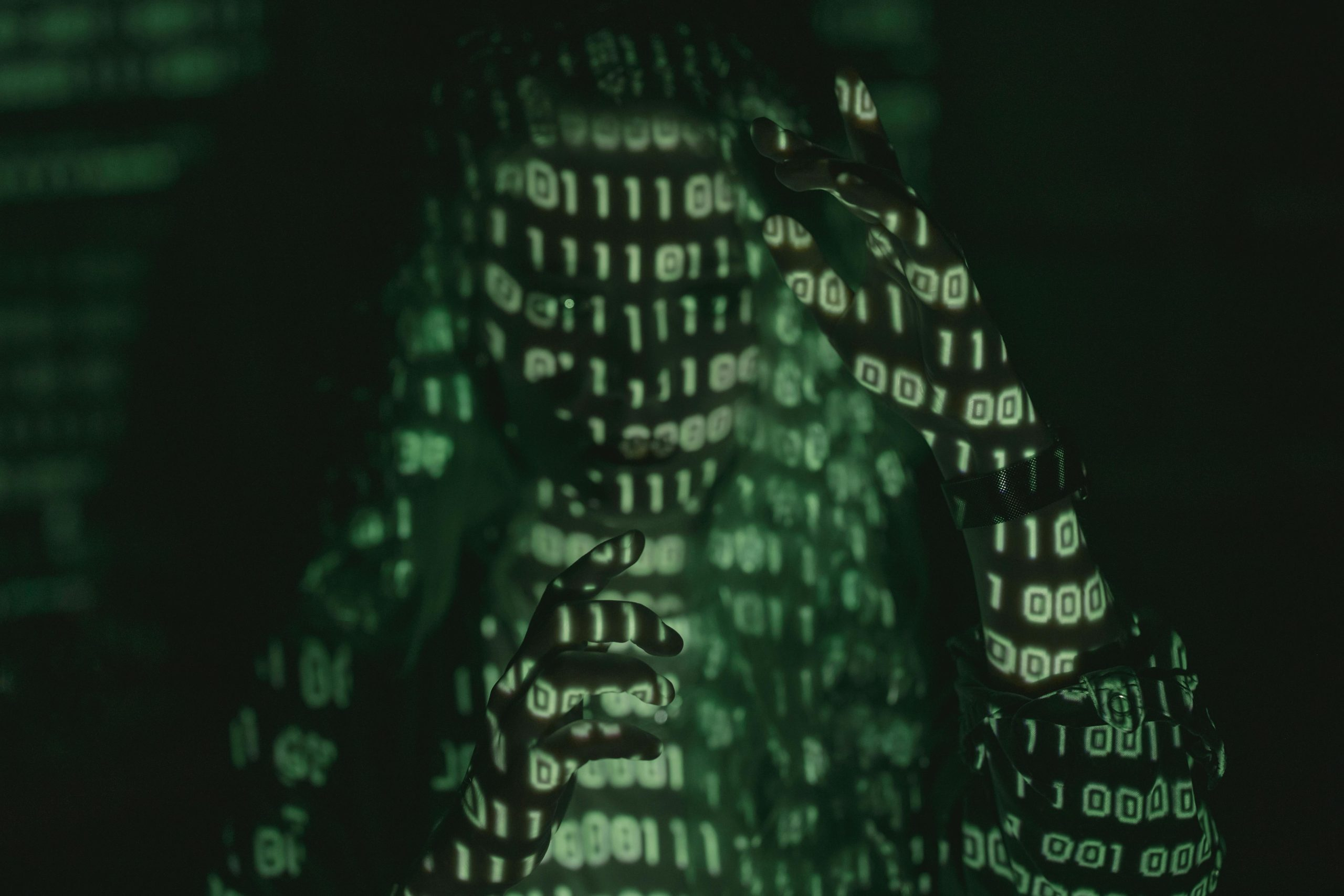AI Bias in Educational Tools: Identifying and Addressing It
Artificial Intelligence (AI) has been rapidly integrated into various industries, including education. The use of AI in educational tools has promised to revolutionize the way students learn and assist educators in creating more personalized and effective learning experiences. However, as with any technology, there is a concern that AI may exhibit bias, leading to potentially harmful implications for students. In this article, we will delve into the topic of AI bias in educational tools, its potential impact on students, and how it can be identified and addressed.
The Rise of AI in Education
AI has become an integral part of modern society, with its applications ranging from virtual assistants to self-driving cars. In recent years, AI has also made its way into the education sector. Educational tools powered by AI, such as intelligent tutors, chatbots, and grading systems, have emerged as a promising solution to many of the challenges faced by traditional teaching methods.
AI-powered educational tools can analyze vast amounts of student data, allowing teachers to identify each student’s learning styles, strengths, and weaknesses. This data-driven approach enables educators to create personalized learning paths for each student, leading to a more efficient and effective learning experience. Moreover, AI can provide students with instant feedback and support, allowing them to progress at their own pace.
Potential for AI Bias in Educational Tools
Despite the potential benefits of AI in education, it is not without its flaws. One of the most significant concerns is the potential for AI bias in educational tools. Bias refers to the discrimination or prejudice in favor of or against a group or thing, affecting the accuracy and fairness of a decision. In the context of AI, bias occurs when an algorithm produces inaccurate or unfair results due to the data it is fed.
AI bias can have serious implications in education, as it can reinforce and perpetuate discrimination and inequality. For instance, AI grading systems can be biased against students from diverse backgrounds, leading to incorrect evaluations and unequal opportunities. Furthermore, AI-powered tools can replicate and amplify societal biases, perpetuating stereotypes, and limiting students’ potential.
Identifying AI Bias in Educational Tools
The first step in addressing AI bias in educational tools is to identify it. However, this task is not as simple as it seems, as AI bias can be challenging to detect. Unlike a biased statement from a human, an AI’s decision is not accompanied by a reason. Therefore, it is crucial to have proper methods and techniques in place to uncover bias in AI.
One of the most common methods is to examine the data fed into an AI algorithm. If the data is biased, it will produce biased results. For example, if an AI grading system is fed with historical grades that exhibit racial or gender bias, the system is likely to perpetuate the same biases.
Another way to identify AI bias is through testing. By conducting real-world tests, educators can assess the tool’s performance to determine if it is exhibiting any unfairness or inaccuracies. Moreover, it is essential to involve diverse groups of students in these testing processes to detect any unintentional biases that may be present.
Addressing AI Bias in Educational Tools
Once identified, AI bias in educational tools must be addressed to ensure fair and accurate results. One way of addressing AI bias is to improve the data fed into the algorithm. This approach involves removing any biased data and ensuring that the dataset reflects the diversity of the student population.
Another way to tackle AI bias is by using multiple algorithms and comparing their results. If there is a significant difference between the outcomes, it is an indication of potential bias. Furthermore, involving a diverse team of individuals in the development and testing of these algorithms can help identify potential biases and correct them before the tool is implemented.
Conclusion
AI has immense potential to transform education and provide more personalized learning experiences. However, there is a risk of AI bias in educational tools that must be carefully addressed. By identifying and correcting bias, we can ensure that AI-powered tools have a positive impact on students and promote fairness and equality in education.
In conclusion, the incorporation of AI in education must be accompanied by efforts to eliminate bias and ensure the technology’s ethical use. It is crucial for educators, developers, and policymakers to work together to create AI-powered educational tools that are free from prejudice, allowing students to reach their full potential.










